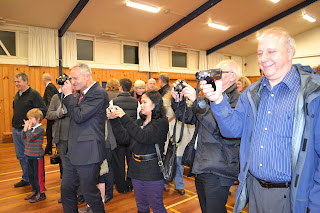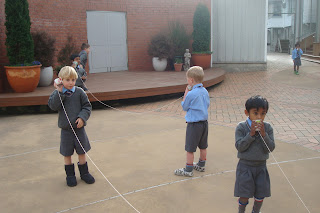Throughout the school, every class has been working towards our science week, culminating in an evening for parents to come along and see what their sons have been doing.
The senior school displayed their exhibits in the science and dance rooms. All 85 exhibits had been judged and all the boys were interviewed. Then those top ones were then judged by another judge who narrowed it down to our finalists and place-getters.
Our science evening was very well attended. Sarah Wilcox was our guest speaker and she spoke to the boys about some of the opportunities that are open to scientists. We heard her speak about her own experiences, diving on the Great Barrier Reef, being part of the team that recently visited Antartica and the science happening on our own back door step.
Congratulations go to the following senior school boys:
3rd Place: Ciaran Sim - Plants vs Bacteria
2nd Place: Isaac Rusholme Cobb - Cost Effective Green Insulation
1st Place: Harry Mills - Suar: Is it a Drug and are we all Addicted?
Below is a picture of all of the senior finalists. Congratulations to all of them. This year the standard was very high and both judges commented on how much work and effort had gone into so many of the exhibits.
 |
| Parents making the most of the photo opportunity |









































